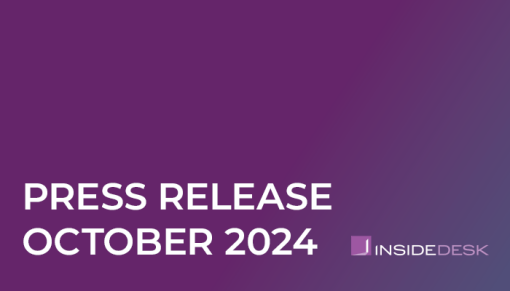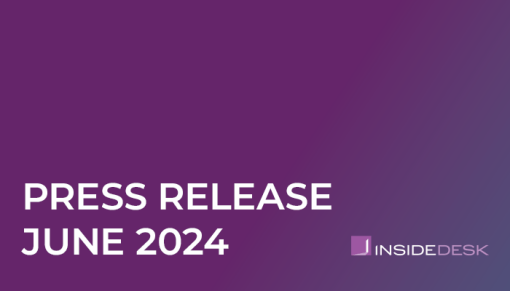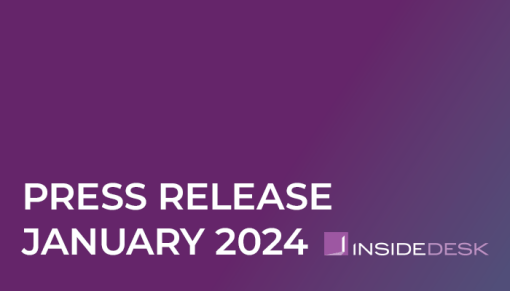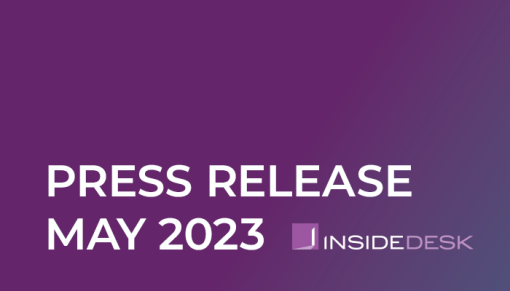Trusted by our customers
.png)
InsideDesk has helped me guide my team by showing how many claims they’ve worked and who excels with aging claims. The clean claim rate has also been a great tool since my team started submitting claims. This data is a valuable resource for me as a leader.

InsideDesk was one of the best technologies we implemented last year and things continue to improve.

You solved half the battle…being able to automate EOB collection accurately and provide the claim status. I think it’s awesome not only from a workflow standpoint, but an efficient one for my staff too. It’s always easier when you put things in one place, and you don’t have to jump around into a million different portals.

InsideDesk has been a lifesaver for our organization. We are finally able to see staff productivity and ensure the team is focused on the right claims. InsideDesk’s technology saves time on the AR follow-up side through the payer integrations. The team at InsideDesk are excellent partners!

I look at three things when I have a problem to solve in our business… people, process, and technology. I think our processes were pretty good, but to support that requires resources. Those resources are either good people or technology. We’re trying not to add more people, and so the technology solution we’ve been looking for seems to sit within InsideDesk.

If you had a way to magically eliminate hold times, you could go from working 10 claims a day to potentially 100 claims a day.

InsideDesk was one of the best technologies we implemented last year and things continue to improve.

I look at three things when I have a problem to solve in our business… people, process, and technology. I think our processes were pretty good, but to support that requires resources. Those resources are either good people or technology. We’re trying not to add more people, and so the technology solution we’ve been looking for seems to sit within InsideDesk.

You solved half the battle…being able to automate EOB collection accurately and provide the claim status. I think it’s awesome not only from a workflow standpoint, but an efficient one for my staff too. It’s always easier when you put things in one place, and you don’t have to jump around into a million different portals.

InsideDesk has been a lifesaver for our organization. We are finally able to see staff productivity and ensure the team is focused on the right claims. InsideDesk’s technology saves time on the AR follow-up side through the payer integrations. The team at InsideDesk are excellent partners!

If you had a way to magically eliminate hold times, you could go from working 10 claims a day to potentially 100 claims a day.

InsideDesk has helped me guide my team by showing how many claims they’ve worked and who excels with aging claims. The clean claim rate has also been a great tool since my team started submitting claims. This data is a valuable resource for me as a leader.

InsideDesk has been life-changing for our revenue cycle department!
It’s helped our team become more efficient, streamlined our workflows, and brought our A/R under control. We’re incredibly grateful to have this platform—it’s made a huge impact, and we couldn’t imagine going without it.

InsideDesk is a game changer! It does all the work for me!






